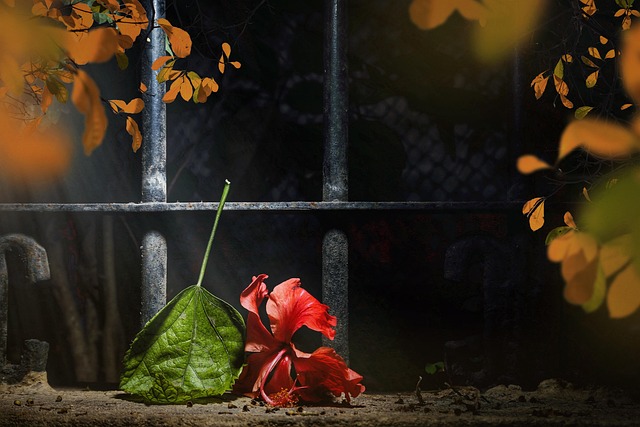In New Bedford, Massachusetts, enhancing your outdoor space starts with a custom fence. This comprehensive guide delves into the art of designing and installing fences tailored to your property’s unique needs. From understanding local regulations and defining your design requirements to exploring materials, styles, and installation best practices, this article is your compass. Learn how to integrate your new fence seamlessly with the landscape while ensuring longevity through proper maintenance tips.
- Understanding Custom Fence Design Requirements
- Materials and Styles for Your New Bedford Fence
- The Installation Process: Step-by-Step Guide
- Integrating Fences with Your Property's Landscape
- Maintenance Tips for Longevity and Beauty
Understanding Custom Fence Design Requirements
When it comes to custom fence design, understanding your specific needs and preferences is key. Each property in New Bedford, Massachusetts, has unique characteristics that influence the type of fence required. For instance, a residential yard with a pool may need a privacy-focused fence, while a commercial property could require a security-oriented design. Material choices also vary; wood offers a classic aesthetic, metal provides durability and modern looks, and vinyl is known for its low maintenance.
The design process involves considering the fence’s purpose, the surrounding landscape, and your personal style. It’s important to discuss these factors with a professional installer who can offer tailored solutions. They’ll guide you through options that align with local regulations and ensure the final product enhances your outdoor space.
Materials and Styles for Your New Bedford Fence
When it comes to materials, several options are available to suit different preferences and budgets. Wood fences are a popular choice in New Bedford due to their natural beauty and ability to blend with the local landscape. Cedar and pine are common varieties, offering durability and a range of aesthetic appeal. For a more low-maintenance option, vinyl fencing is an excellent alternative; it’s long-lasting, requires minimal upkeep, and comes in various styles and colors.
In terms of styles, the options are vast. Traditional fence designs offer a classic look with straight lines and uniform panels. More contemporary styles might include angular or curved designs, providing a modern aesthetic. Fences can also be tailored to match your property’s unique characteristics, from rural landscapes to urban settings, ensuring that your new fence complements your surroundings.
The Installation Process: Step-by-Step Guide
The installation process for a custom fence begins with a thorough site evaluation to understand your property’s unique features and requirements. Our expert team measures the area, considers terrain, existing structures, and local regulations, ensuring a fence that seamlessly blends with your landscape.
Next, we prepare the ground, clearing any debris and marking out the precise layout. Post installation, each fence post is securely driven into the ground, creating a sturdy foundation. The chosen fence material—be it wood, vinyl, or metal—is then meticulously assembled and attached to the posts. Our team ensures all connections are secure and tight, adding gates and other accessories as needed. Finally, we apply the finishing touches, including painting or staining for enhanced durability and aesthetic appeal.
Integrating Fences with Your Property's Landscape
When designing and installing a custom fence, one often overlooked yet critical aspect is its integration with your property’s existing landscape. Fences don’t merely serve as boundaries; they can enhance or disrupt the visual flow of your outdoor space. A skilled fence contractor understands this and works closely with clients to ensure the final product blends seamlessly into the overall aesthetic.
Consider the materials, colors, and styles of your surrounding landscapes—from lush greenery to manicured lawns—and choose a fence design that complements them. For instance, a natural wood fence can harmonize with organic settings, while a modern metal or vinyl fence might better suit minimalist or contemporary designs. This thoughtful integration not only elevates the beauty of your property but also reinforces its overall value.
Maintenance Tips for Longevity and Beauty
Regular cleaning and maintenance are essential to keep your custom fence looking its best and ensuring its longevity. Start by sweeping or brushing away any debris, leaves, or grass clippings that may accumulate on the fence’s surface. Use a soft-bristled brush for wooden fences to gently remove any dirt or mildew buildup, treating stains with appropriate cleaning solutions.
For metal fences, regularly inspect for rust or corrosion and treat these areas promptly. Apply a fresh coat of paint or coating every few years to protect against the elements. Don’t forget to check for loose or damaged panels, posts, or hardware, replacing or repairing as needed to maintain the fence’s structural integrity and aesthetic appeal.
